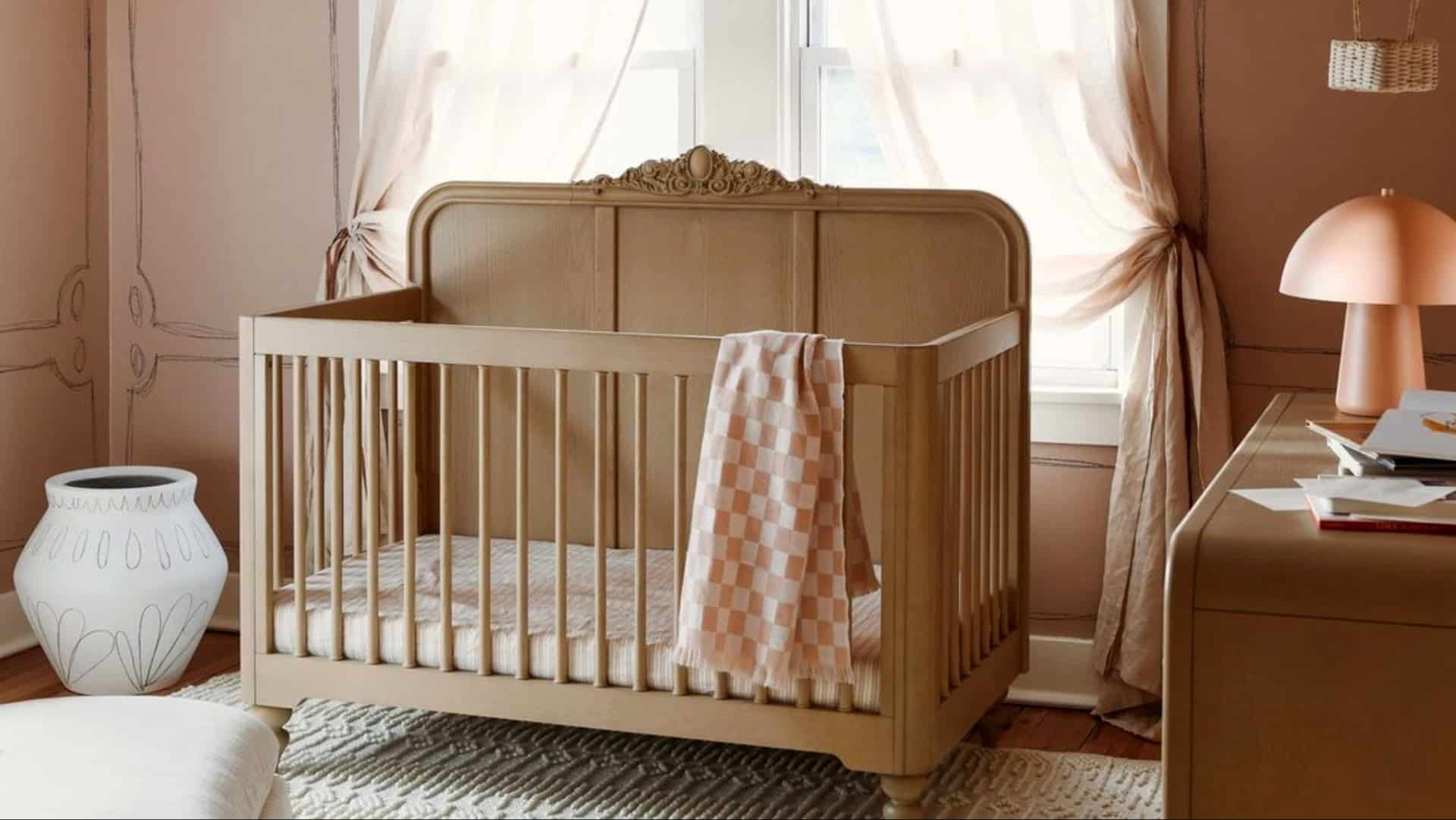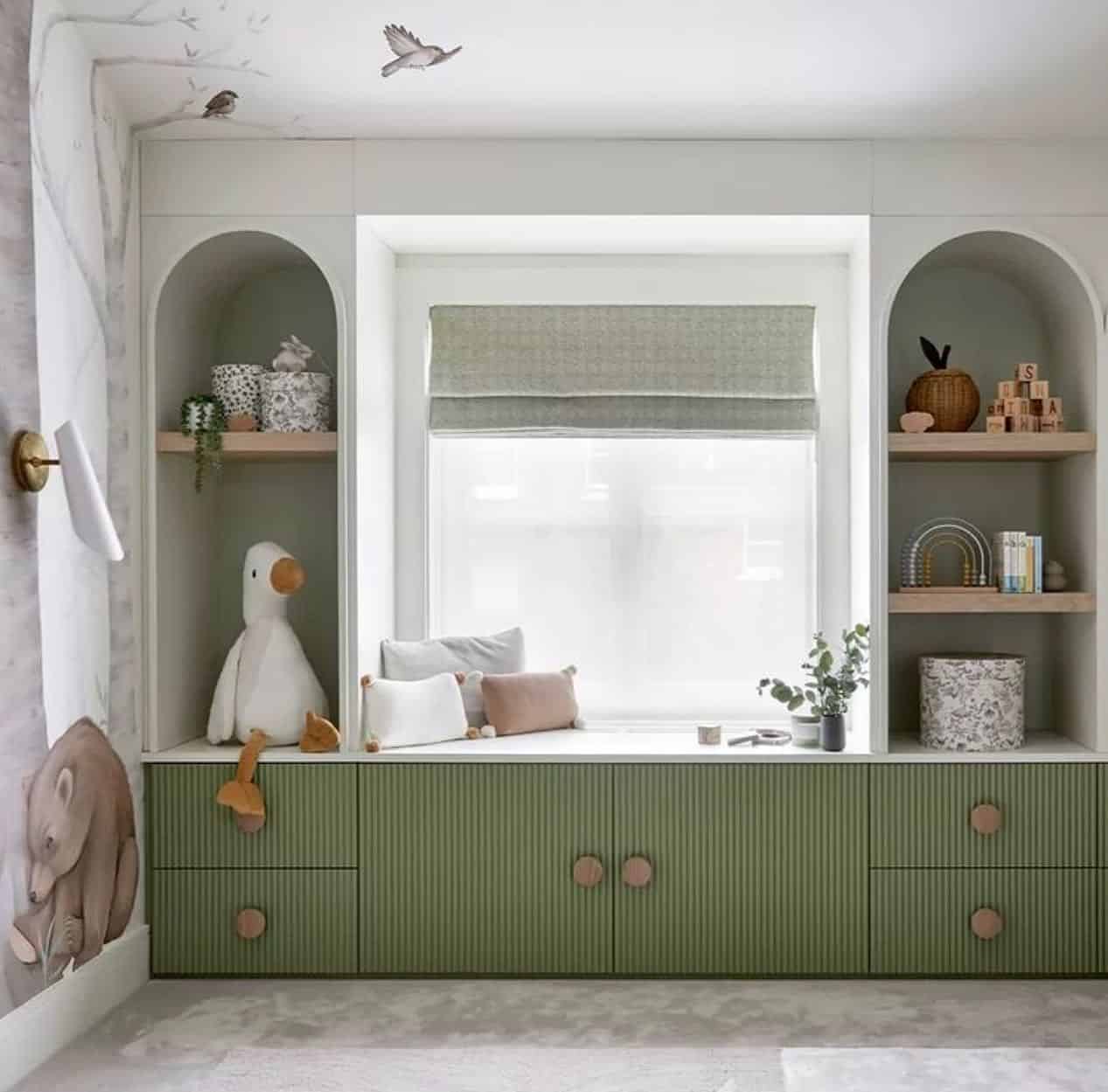The way we design and furnish nurseries has significantly evolved from the boomer era to today’s modern times.
This transformation reflects broader changes in parenting philosophies, technological advancements, and aesthetic trends.
Join us as we explore 6 surprising differences between past and present nurseries, highlighting what was considered essential back then versus what is now.
1. Crib Safety Standards
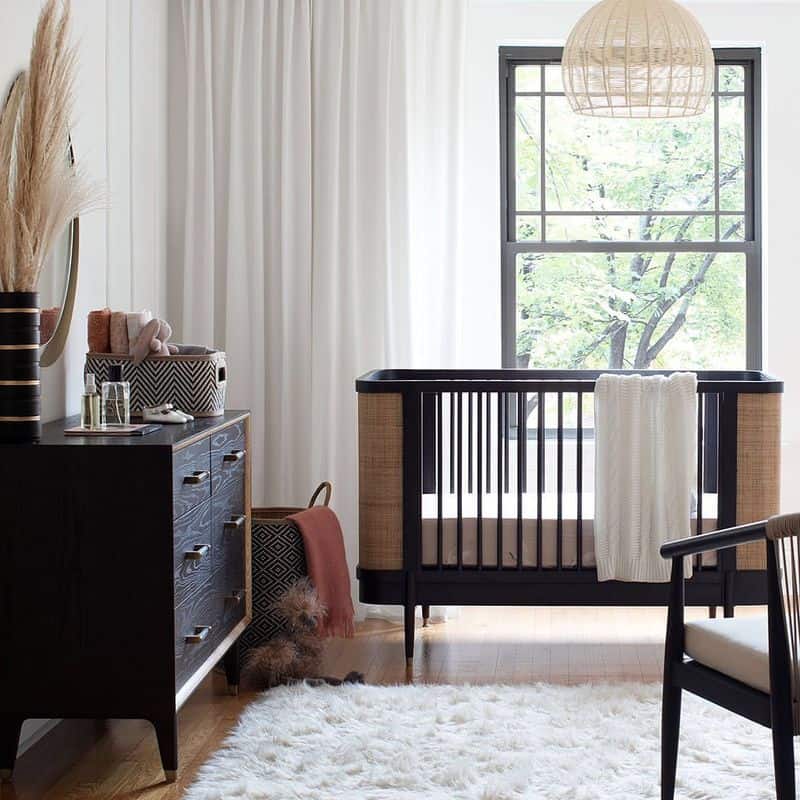
In boomer days, crib designs were simple, often made of wood with wide-slatted sides. Safety standards were less stringent, and features like drop-down sides were common.
Today, cribs are designed with the utmost safety in mind. They have fixed sides, narrowly spaced slats, and adjustable mattress heights to prevent falls.
Modern cribs also include eco-friendly materials, reflecting parents’ growing environmental awareness.
2. Color Schemes
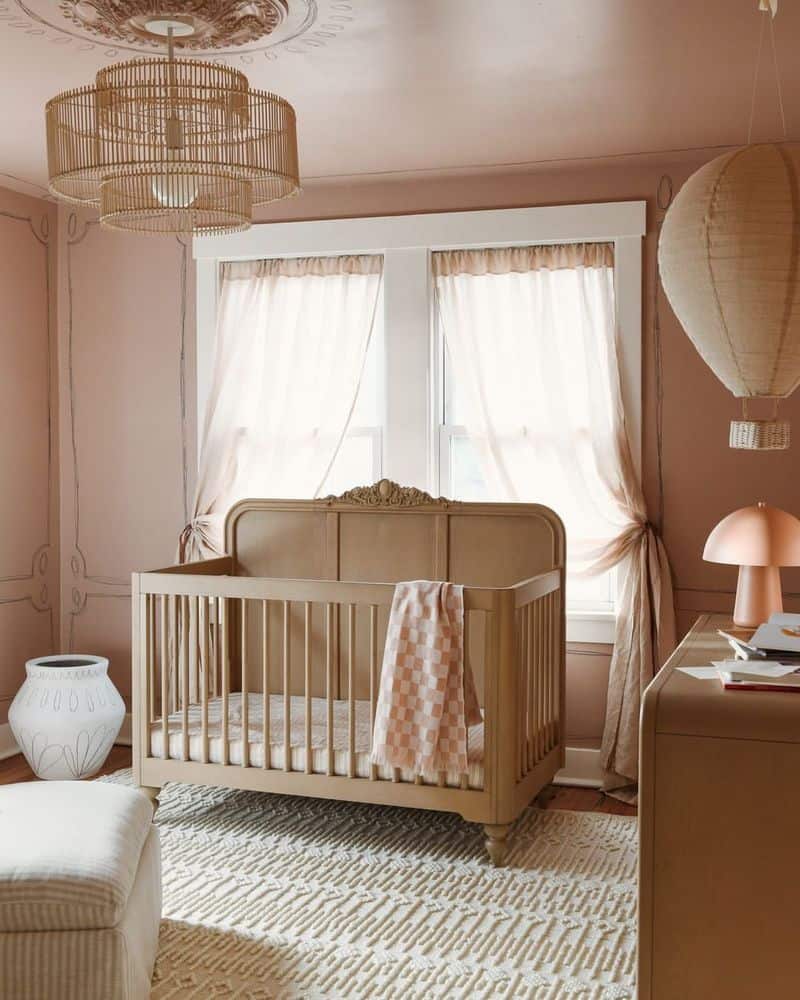
Boomer nurseries often featured pastel pinks and blues, adhering to traditional gender norms. Floral or animal-themed wallpapers were popular choices.
Nowadays, neutral palettes dominate, with whites, greys, and earthy tones as a backdrop. Parents add pops of color with accessories and artwork, ensuring flexibility in design.
Though in theory this shift denotes a move towards gender neutrality and personalization, we are becoming aware that color is incredibly important for kids’ development.
3. Tech Integration
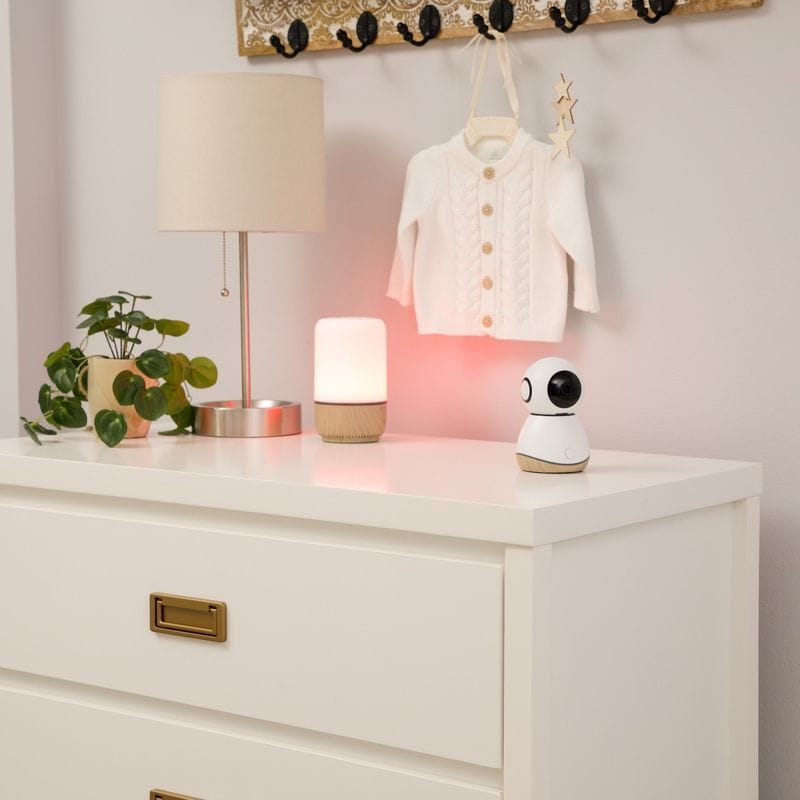
Back in the boomer era, nurseries were devoid of technology, relying solely on physical vigilance for baby monitoring.
Today, tech is integral. Nurseries boast baby monitors with video, smart thermometers, and white noise machines. These gadgets offer peace of mind and convenience for parents.
The integration of technology illustrates the modern reliance on digital solutions for enhanced childcare, reflecting changing lifestyles and parenting approaches.
4. Furniture and Storage
Furniture in boomer nurseries was classic, often handcrafted or passed down through generations. Storage was limited to simple dressers and closets.
Modern nurseries, however, embrace innovation in furniture design.
Modular systems and multi-functional furniture like convertible cribs and changing tables with drawers are prevalent.
This evolution showcases a practical approach to nursery design, maximizing space and accommodating the growing needs of children.
5. Decor Themes
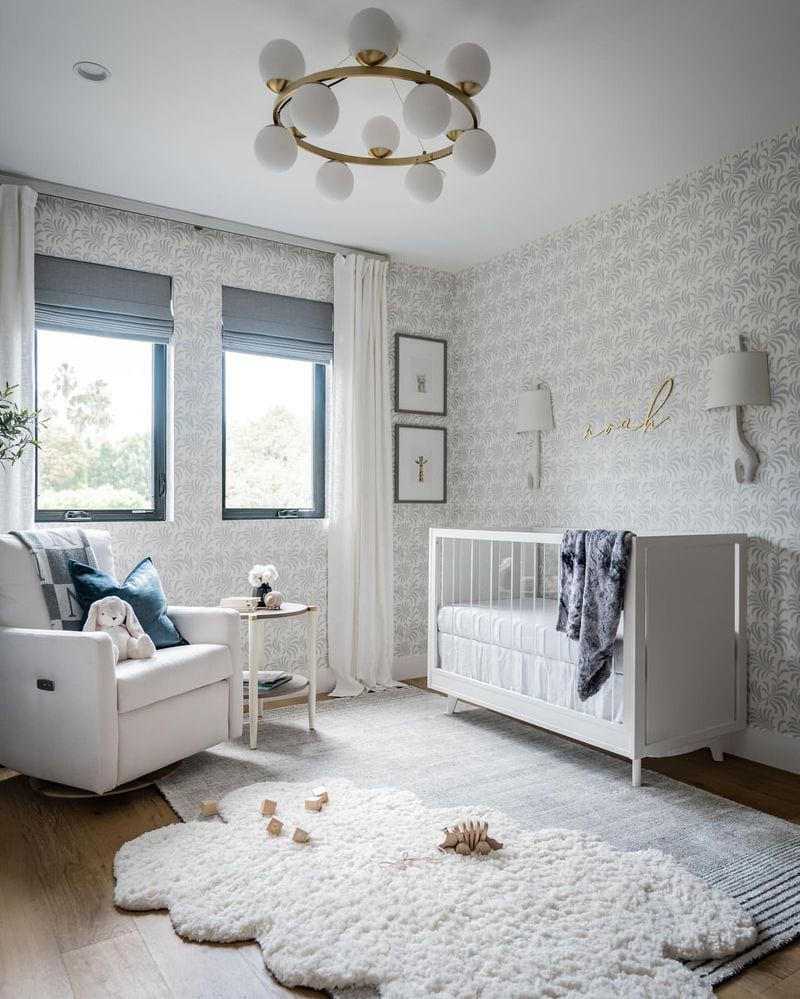
Traditional themes like teddy bears and fairy tales dominated boomer nurseries, with matching curtains and bedding.
In contrast, modern nurseries exhibit eclectic and minimalist designs. Themes are often subtle, with travel-inspired elements or abstract art pieces.
6. Eco-Friendly Materials
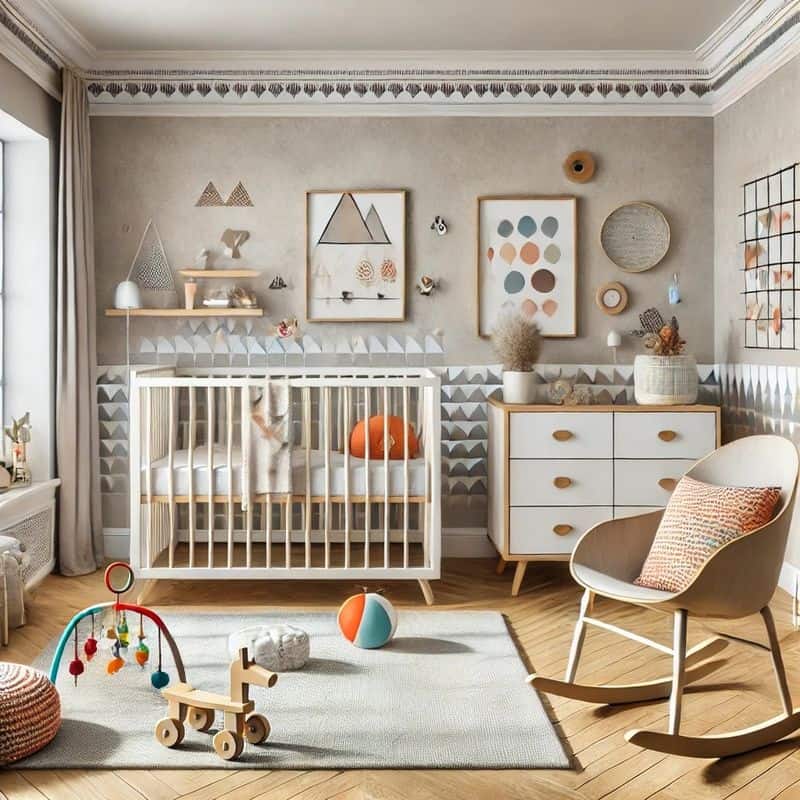
Boomer-era nurseries were filled with plastic toys and synthetic materials, with little regard for environmental impact.
Today’s nurseries prioritize eco-friendliness. Toys are often wooden and sustainably sourced, while linens are organic cotton.
This shift underlines a growing environmental consciousness among parents, which is largely present in modern lifestyle overall.

